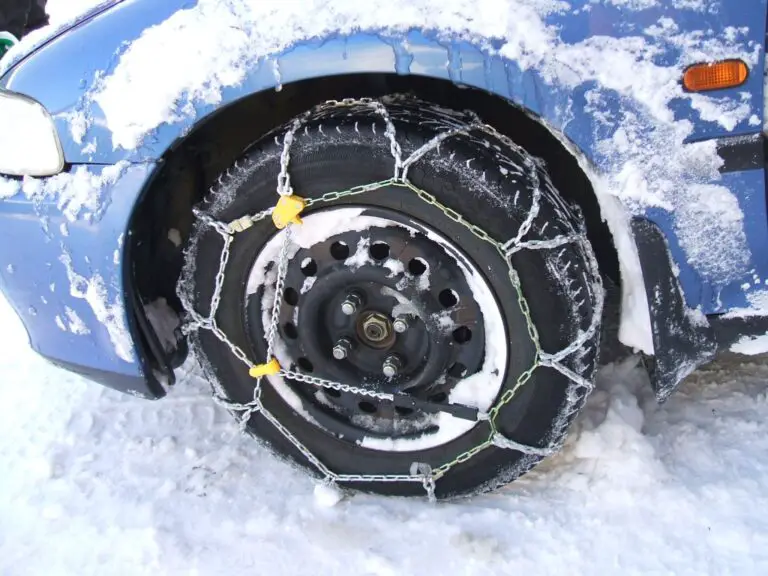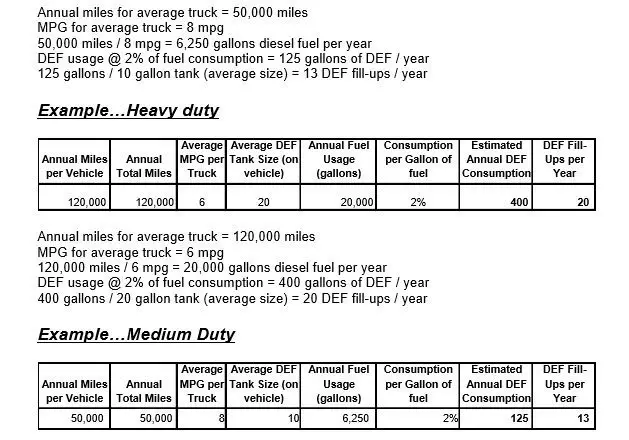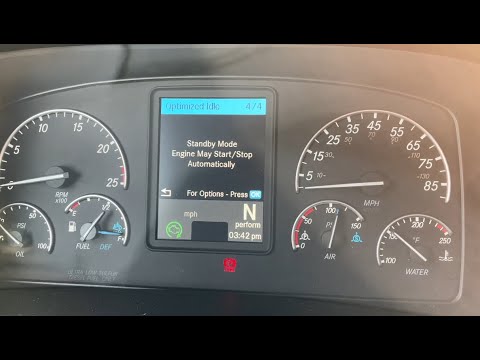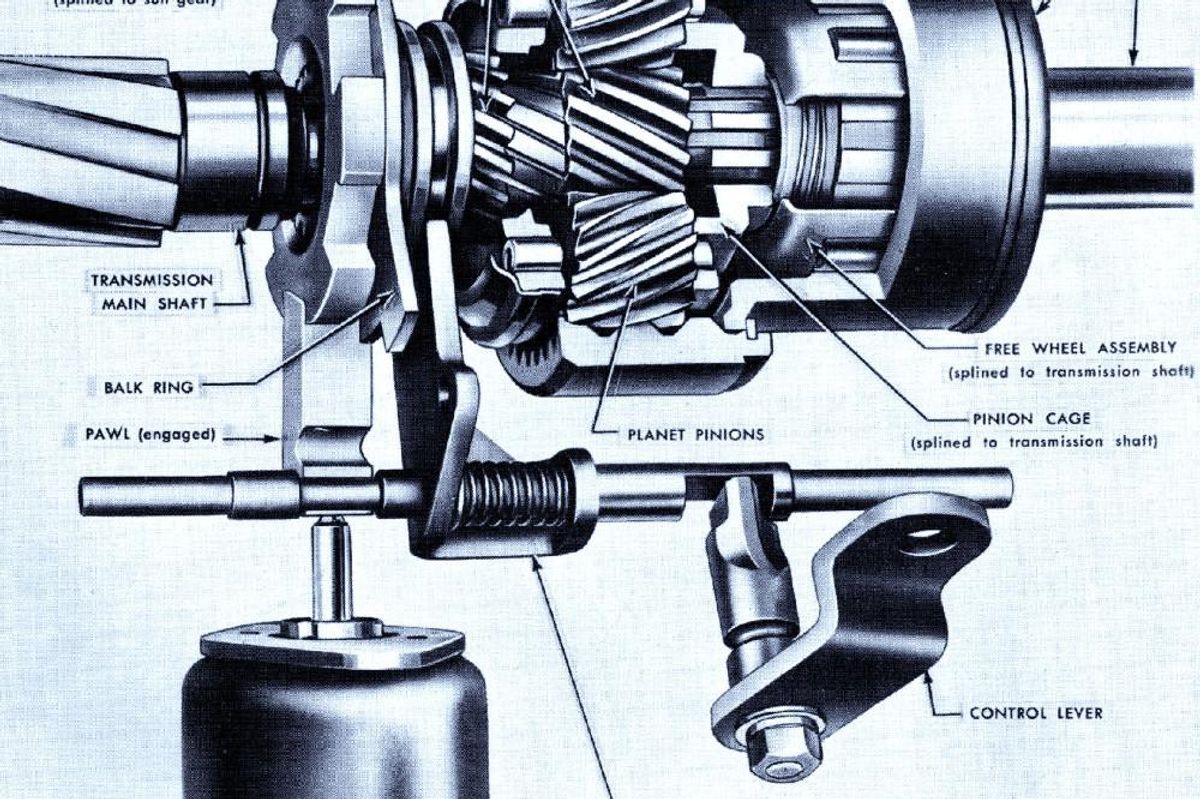
Overdrive in a truck allows the transmission to shift into the highest gear for fuel efficiency and noise reduction. It should be left on during normal driving, especially on highways, to utilize all available gears effectively.
Utilizing overdrive during cruising speeds helps in saving fuel over long distances and provides a more relaxed driving experience. Overdrive essentially enables the engine to run at lower RPMs for better fuel economy and quieter operations on highways. Understanding the benefits of overdrive and knowing when to use it can enhance your driving experience and save you money at the fuel pump, making it a valuable feature for truck drivers.
Navigate As You Want: [show]
What Is Overdrive In A Truck?
Overdrive in a truck is a gear setting that allows the engine to run at a lower RPM while maintaining a consistent speed. This results in improved fuel efficiency and reduced engine wear. The functionality of overdrive is to provide better fuel economy at higher speeds. It’s particularly essential for long-distance driving as it helps in saving fuel and reducing engine strain. Overdrive plays an important role in trucks as it allows the engine to operate efficiently during highway driving, thereby contributing to better overall performance and longevity of the vehicle.
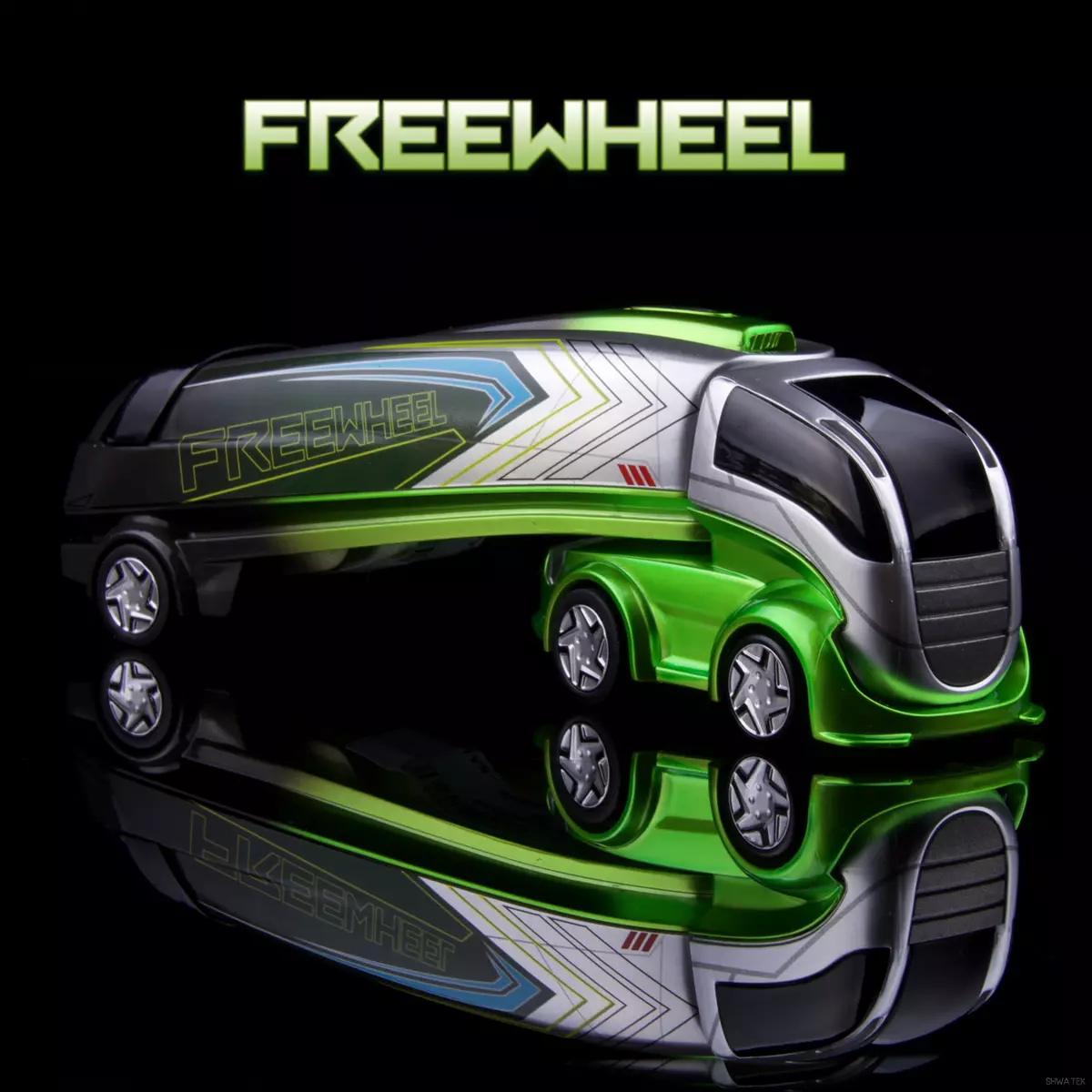
Credit: www.ebay.ph
Benefits Of Using Overdrive In A Truck
Using overdrive in a truck has several benefits, such as maximizing fuel economy, reducing noise, vibration, and harshness (NVH), and allowing the transmission to utilize all available gears, including the highest ones. It is recommended to leave overdrive on during most driving situations for a more efficient and comfortable ride.
| Benefits of Using Overdrive in a Truck |
| Improved Fuel Efficiency |
| Using overdrive during highway driving maximizes fuel economy by allowing the engine to operate at a lower RPM. |
| Reduced Engine RPM and Noise |
| Overdrive lowers engine RPM, decreasing noise levels and improving overall driving comfort. |
| Enhanced Power and Performance |
| Engaging overdrive can provide additional power when climbing hills or accelerating, enhancing the truck’s performance. |
When To Use Overdrive In A Truck
Overdrive in a truck should be used at cruising speeds on highways and byways. It maximizes fuel economy and provides a smoother, more relaxed ride, making it ideal for longer distances. Turning off overdrive limits the transmission to a lower gear, increasing friction for safety and fuel-saving purposes.
| When to Use Overdrive in a Truck |
|---|
| Highway Driving: Utilize overdrive at cruising speeds for better fuel efficiency. |
| Long Distance Travel: Overdrive maximizes fuel economy over extended journeys. |
| Flat or Smooth Terrain: Enable overdrive for a smoother and more relaxed ride. |
Effects Of Disabling Overdrive In A Truck
Disabling overdrive in a truck can have several consequences. Increased fuel consumption is one of the primary effects. Without overdrive, the engine works harder, leading to greater fuel usage. Additionally, engine wear and tear may be accelerated, as running in lower gears causes more strain. Furthermore, performance and power may be reduced without the benefit of overdrive, impacting the truck’s overall efficiency and abilities.
Tips For Utilizing Overdrive In A Truck
Overdrive is a gear system found in trucks that allows the transmission to operate at higher RPMs. Understanding gear ratios is crucial when utilizing overdrive. Different gear ratios affect the vehicle’s performance and fuel efficiency. Monitoring engine RPM is important to ensure that the engine runs in the optimal range. Utilizing cruise control can help maintain a steady speed and reduce unnecessary shifts. When it comes to overdrive, it is recommended to keep it on during normal driving conditions as it maximizes fuel economy and reduces noise and vibration. However, in certain situations such as towing or driving on steep hills, it may be necessary to turn off overdrive to prevent excessive shifting and maintain power. By following these tips, you can effectively utilize overdrive in your truck.

Credit: en.wikipedia.org

Credit: www.quora.com
Frequently Asked Questions For What Does Overdrive Do In A Truck
Is It Better To Drive With Overdrive On Or Off?
Driving with overdrive on maximizes fuel economy and keeps noise levels tolerable. Leave it on for most driving situations in automatic vehicles to utilize all available gears efficiently.
When Should You Turn On Overdrive?
For most driving situations, keep overdrive on in automatic vehicles to maximize fuel efficiency and use all gears. Use it during highway cruising for better economy and a smoother ride. Identify when to turn it off for safety or increased friction.
Does Turning Off Overdrive Make Your Truck Faster?
Disabling overdrive in a truck will not make it faster. Overdrive allows the transmission to shift into higher gears for better fuel efficiency.
What Does Overdrive Off Do In A Truck?
In a truck, turning off overdrive limits the transmission to a lower gear, increasing friction for safety and fuel savings. It’s important to identify the situations in which you might use overdrive before enabling or disabling it.
Conclusion
Understanding the purpose and benefits of overdrive in a truck is essential for efficient and economical driving. By utilizing overdrive at cruising speeds, drivers can optimize fuel economy and minimize noise and vibration. Ultimately, leaving overdrive on for most driving situations will contribute to a smoother and more relaxed ride, saving money and enhancing the overall driving experience.

